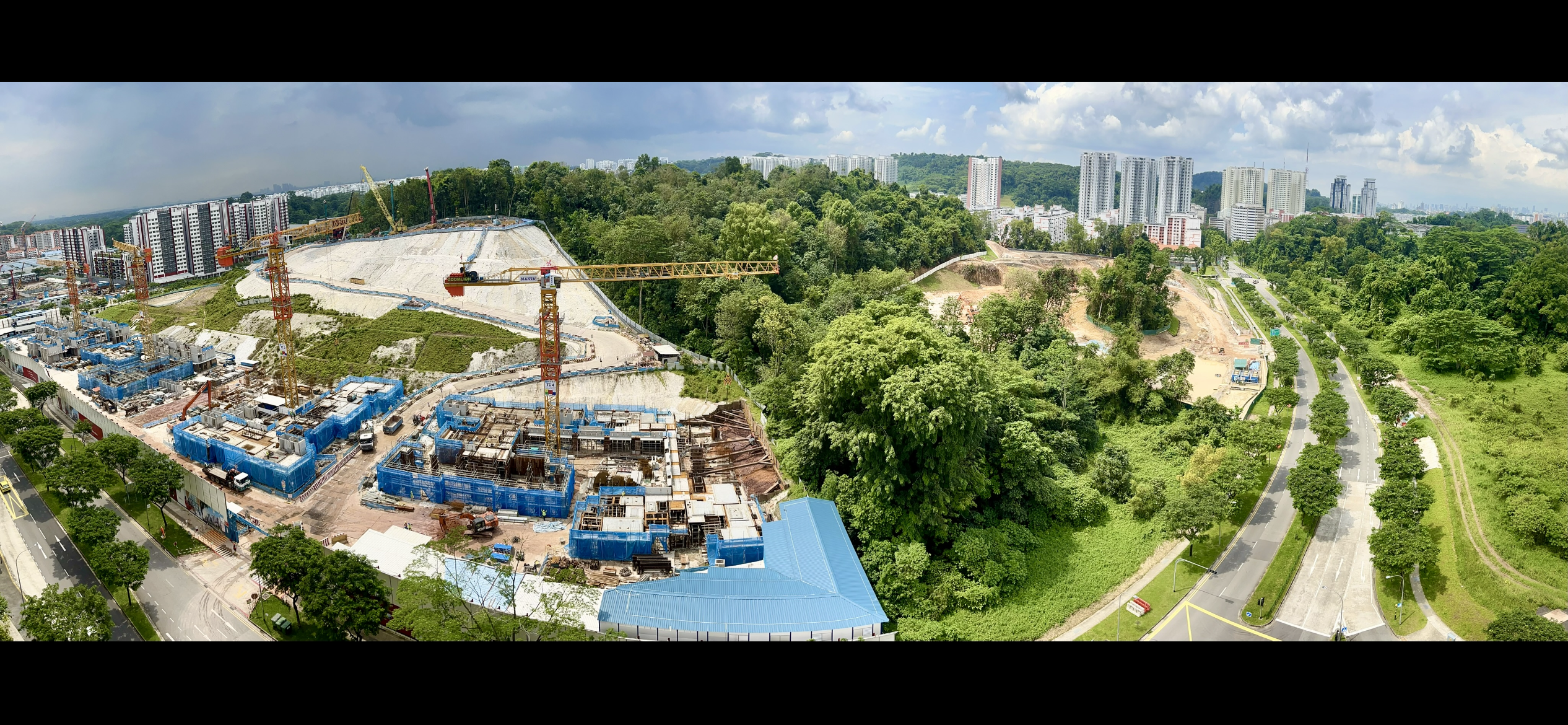March 2022
-
My feedback to NParks et al regarding the culling of the wild boar captured in Yishun in March 2022
Attn: Wildlife conservation department et al Dear Dr Yap Him Hoo, I refer to the latest news “Wild boar that injured woman in Yishun caught, ‘euthanised humanely’” (Straits Times, 21 March 2022) about the euthanasia of a wild boar captured by NParks in Yishun. I understand that the recent wild boar incident in Khatib Central… Continue reading
